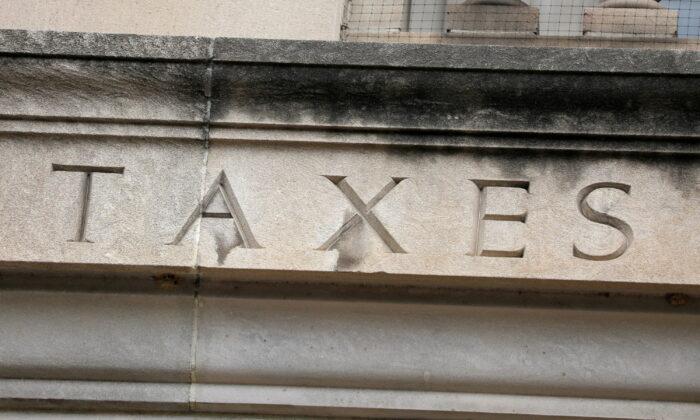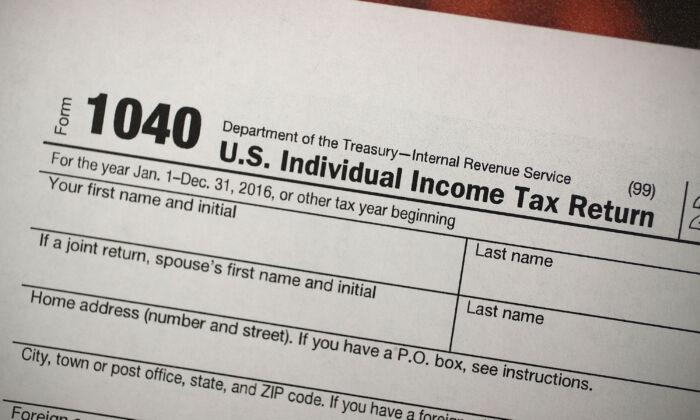As the GameStop rollercoaster ride trundles ever onward, most are focused on the effects on retail investors and hedge funds involved. But this episode also illustrates what a mess a so-called “mark-to-market” system for taxing unrealized capital gains, as some Democrats have proposed, would be.
Proposals for mark-to-market taxation of unrealized capital gains have been floated at both the state and federal levels, by New York state Sen. Jessica Ramos and U.S. Sen. Ron Wyden, respectively. While the proposals aren’t identical, they share the common purpose of taxing capital gains on an annual basis even when assets have not been “realized,” or sold.
Such a tax would be the first of its kind, since currently, capital gains are only taxable upon realization.
One of the main issues with taxing unrealized capital gains is that they are just that—unrealized. When assets appreciate in value, the owner of the asset sees their net worth increase, but until the asset is sold the value is essentially theoretical. GameStop (GME) stock has provided a stark reminder of how quickly that value can disappear.
About this time last year, GME stock was worth about $4 a share. At its peak on Jan. 28, GME was worth just over $469 a share. As of Feb. 10, GME is trading at around $55 a share.
Consider how the tax treatment of this fluctuation would work, particularly if GME’s explosive growth had peaked just one month earlier than it did. In this case, a hypothetical owner of GME shares would face mark-to-market capital gains assessments on the massive growth shares of GME saw between $4 and $469, even though they never sold and never made any actual cash.
On the other hand, when GME proceeded to fall back to earth, the taxpayer in the prior example would be left holding the bag—having paid taxes on huge on-paper gains in 2020 and then watching much of those gains disappear to kick off 2021. Furthermore, a retail investor who bought in early may not possess the cash on hand to pay a substantial tax bill under a mark-to-market system. The administrative difficulties of such a system are immense.
Advocates of such a system have attempted to solve these problems. Wyden’s proposal includes references to deductions for capital losses, though the particulars are not spelled out. And as the Tax Foundation’s Jared Walczak rightly points out, New York limits loss deductions to $3,000 a year—recouping the value of capital losses under this proposal could take years, even decades.
Solutions to the problem of paper-rich but cash-poor investors are equally inelegant. Wyden suggests a “lookback period,” whereby investors can delay payment of their accrued tax bill for unrealized capital gains until they sell. A National Taxpayers Union Foundation analysis previously described why this is not a silver bullet, however. Not only does a lookback period often entail added charges, but it essentially solves the problems a mark-to-market system creates by reverting to a more traditional system of taxing capital gains at realization.
Of course, none of this is to say that small-time buyers of GME would necessarily face capital gains taxes under the mark-to-market systems proposed by Wyden or Ramos. The intent of such systems is to tax the assets of the wealthiest Americans, and include fairly high thresholds before their provisions come into effect.
Nevertheless, the situation illustrates well the administrative issues inherent in a mark-to-market system, issues which have prevented the idea from taking hold in the past. Congress and the New York state legislature would do well to leave mark-to-market regimes on the drawing board where they belong, not in the tax code.




